Chris Wang
Dynamic Image for 3D MRI Image Alzheimer's Disease Classification
Nov 30, 2020
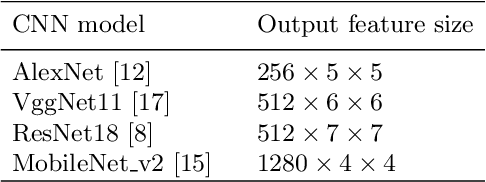


Abstract:We propose to apply a 2D CNN architecture to 3D MRI image Alzheimer's disease classification. Training a 3D convolutional neural network (CNN) is time-consuming and computationally expensive. We make use of approximate rank pooling to transform the 3D MRI image volume into a 2D image to use as input to a 2D CNN. We show our proposed CNN model achieves $9.5\%$ better Alzheimer's disease classification accuracy than the baseline 3D models. We also show that our method allows for efficient training, requiring only 20% of the training time compared to 3D CNN models. The code is available online: https://github.com/UkyVision/alzheimer-project.
CheXphoto: 10,000+ Smartphone Photos and Synthetic Photographic Transformations of Chest X-rays for Benchmarking Deep Learning Robustness
Jul 13, 2020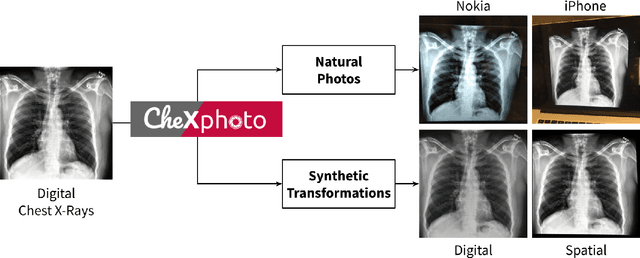
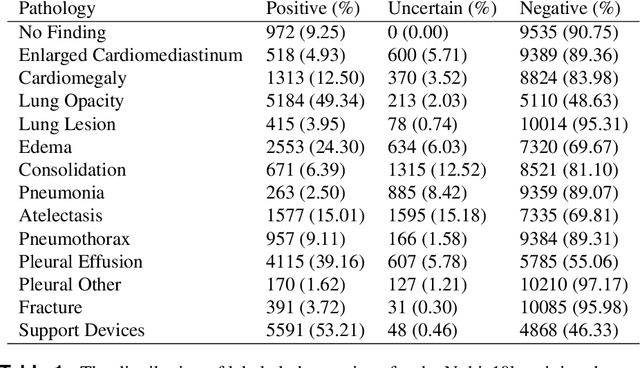
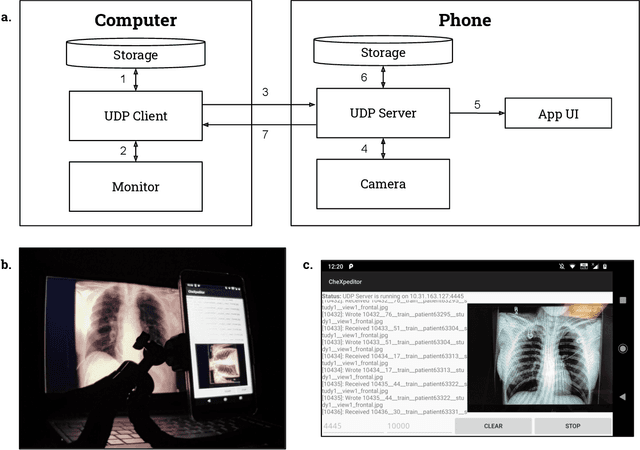
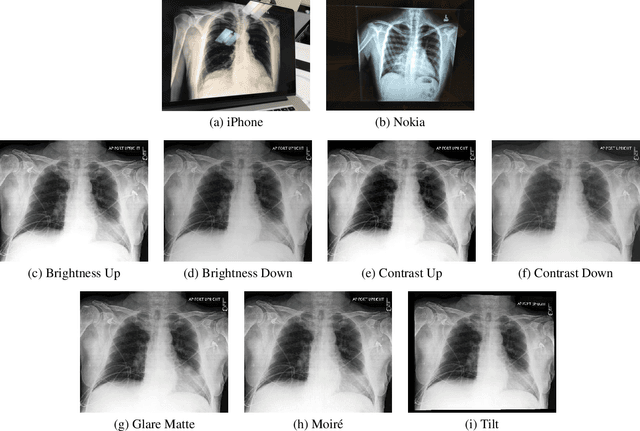
Abstract:Clinical deployment of deep learning algorithms for chest x-ray interpretation requires a solution that can integrate into the vast spectrum of clinical workflows across the world. An appealing solution to scaled deployment is to leverage the existing ubiquity of smartphones: in several parts of the world, clinicians and radiologists capture photos of chest x-rays to share with other experts or clinicians via smartphone using messaging services like WhatsApp. However, the application of chest x-ray algorithms to photos of chest x-rays requires reliable classification in the presence of smartphone photo artifacts such as screen glare and poor viewing angle not typically encountered on digital x-rays used to train machine learning models. We introduce CheXphoto, a dataset of smartphone photos and synthetic photographic transformations of chest x-rays sampled from the CheXpert dataset. To generate CheXphoto we (1) automatically and manually captured photos of digital x-rays under different settings, including various lighting conditions and locations, and, (2) generated synthetic transformations of digital x-rays targeted to make them look like photos of digital x-rays and x-ray films. We release this dataset as a resource for testing and improving the robustness of deep learning algorithms for automated chest x-ray interpretation on smartphone photos of chest x-rays.
Sepsis World Model: A MIMIC-based OpenAI Gym "World Model" Simulator for Sepsis Treatment
Dec 15, 2019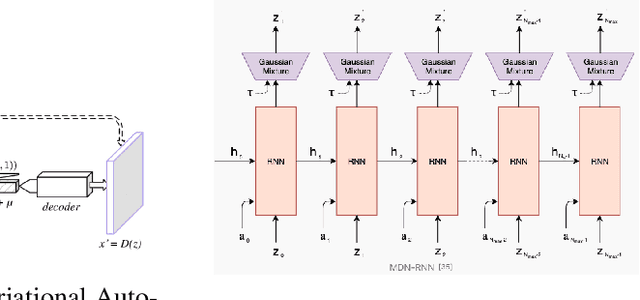

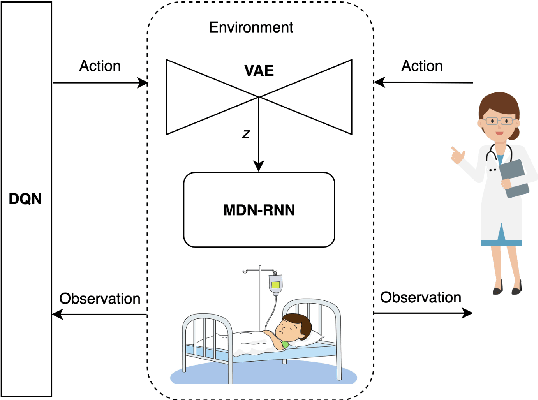
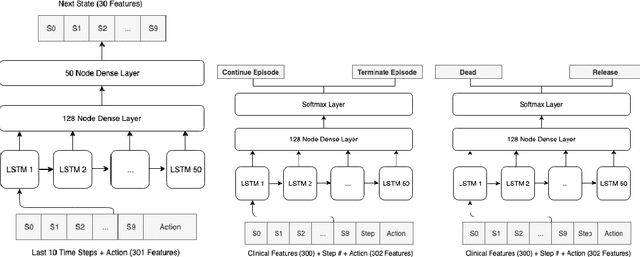
Abstract:Sepsis is a life-threatening condition caused by the body's response to an infection. In order to treat patients with sepsis, physicians must control varying dosages of various antibiotics, fluids, and vasopressors based on a large number of variables in an emergency setting. In this project we employ a "world model" methodology to create a simulator that aims to predict the next state of a patient given a current state and treatment action. In doing so, we hope our simulator learns from a latent and less noisy representation of the EHR data. Using historical sepsis patient records from the MIMIC dataset, our method creates an OpenAI Gym simulator that leverages a Variational Auto-Encoder and a Mixture Density Network combined with a RNN (MDN-RNN) to model the trajectory of any sepsis patient in the hospital. To reduce the effects of noise, we sample from a generated distribution of next steps during simulation and have the option of introducing uncertainty into our simulator by controlling the "temperature" variable. It is worth noting that we do not have access to the ground truth for the best policy because we can only evaluate learned policies by real-world experimentation or expert feedback. Instead, we aim to study our simulator model's performance by evaluating the similarity between our environment's rollouts with the real EHR data and assessing its viability for learning a realistic policy for sepsis treatment using Deep Q-Learning.
Layout Design for Intelligent Warehouse by Evolution with Fitness Approximation
Nov 14, 2018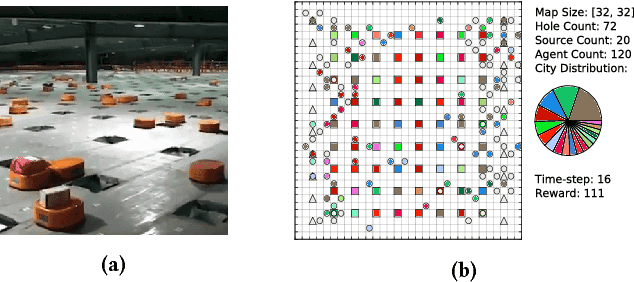
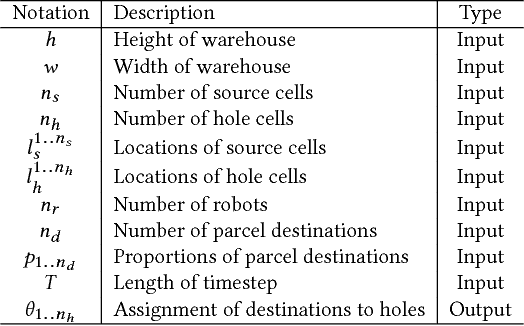
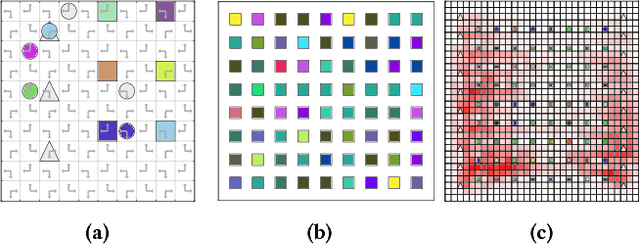

Abstract:With the rapid growth of the express industry, intelligent warehouses that employ autonomous robots for carrying parcels have been widely used to handle the vast express volume. For such warehouses, the warehouse layout design plays a key role in improving the transportation efficiency. However, this work is still done by human experts, which is expensive and leads to suboptimal results. In this paper, we aim to automate the warehouse layout designing process. We propose a two-layer evolutionary algorithm to efficiently explore the warehouse layout space, where an auxiliary objective fitness approximation model is introduced to predict the outcome of the designed warehouse layout and a two-layer population structure is proposed to incorporate the approximation model into the ordinary evolution framework. Empirical experiments show that our method can efficiently design effective warehouse layouts that outperform both heuristic-designed and vanilla evolution-designed warehouse layouts.
 Add to Chrome
Add to Chrome Add to Firefox
Add to Firefox Add to Edge
Add to Edge